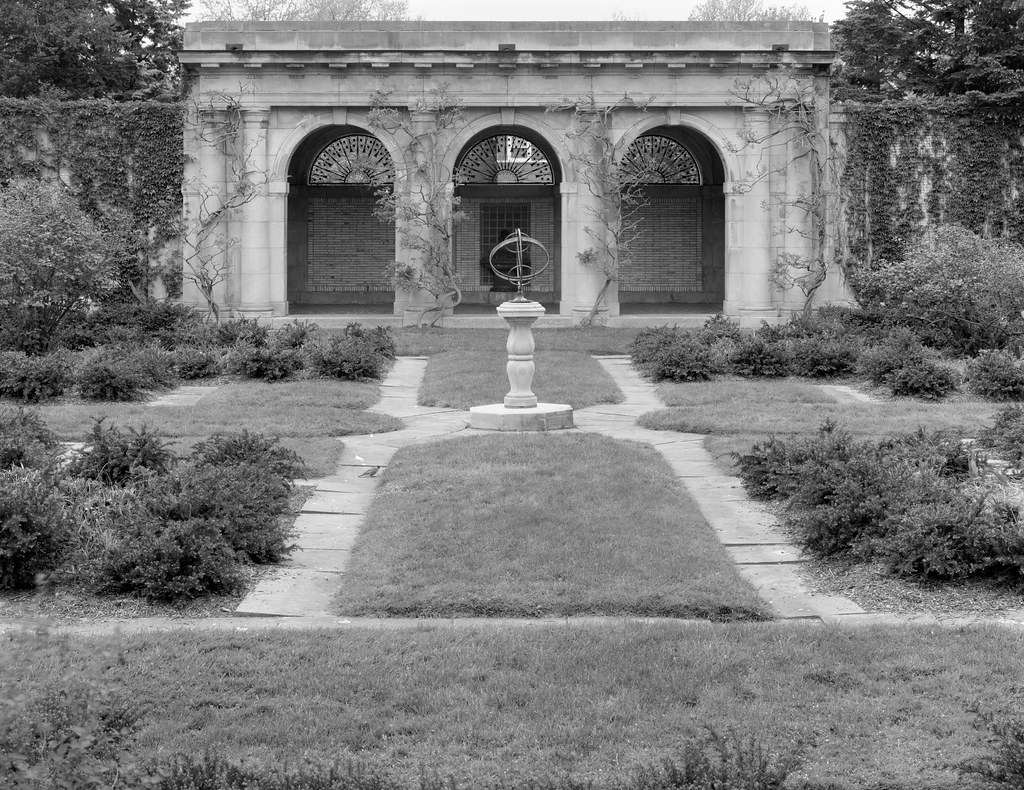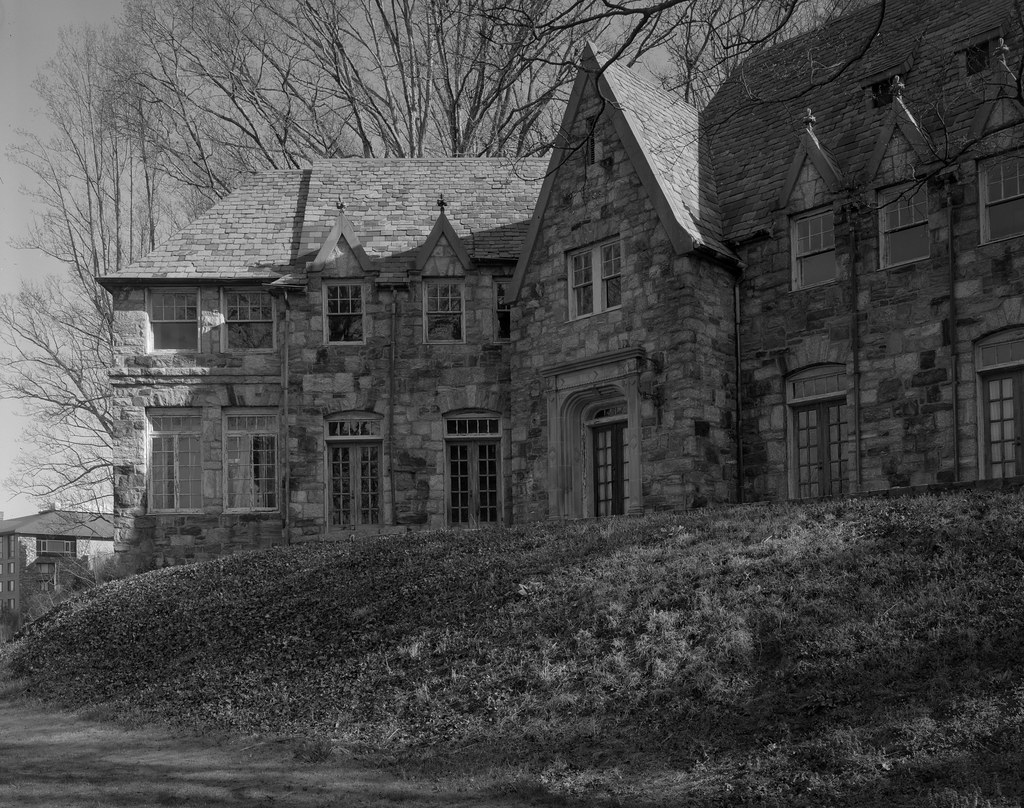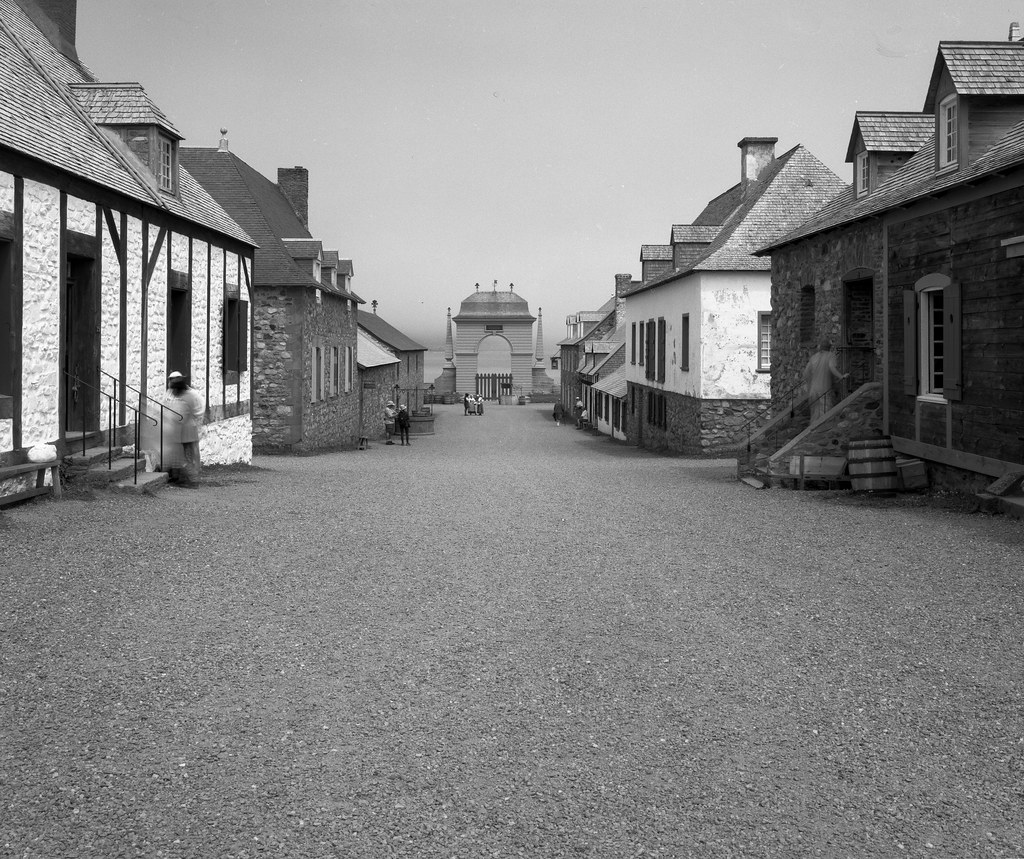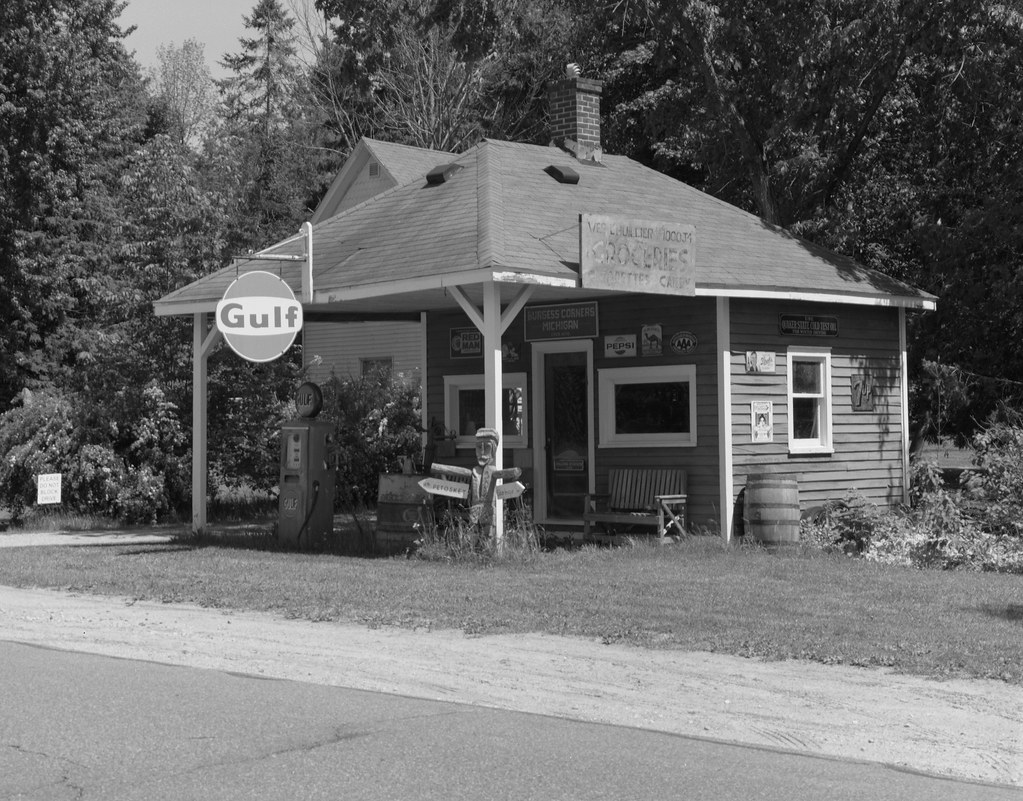While the Mark 1 Intrepid is long obsolete, it was a fantastic camera for the era in which it was produced. It became the foundation of a resurgence in modern large-format camera creation, not only from the folks at Intrepid. And while this camera is long gone, it certainly left an impression on me and my photography. This camera was designed to make large format affordable and modern construction. And it certainly made that dream a reality. Was the camera perfect? Far from it, I had many problems with this camera, but for what it was and what it cost, it made a large format, especially a large format field camera, an affordable option to many photographers.
Camera Specifications
Make: Intrepid Camera Co.
Model: Intrepid 4×5 Mk. 1
Type: Field View Camera
Format: 4×5 Sheet Film
Lens: Interchangeable, Technika Board
Year of Manufacture: 2015
Background
The story of Intrepid starts in 2014 in England. A group of dedicated photographers, machinists, and woodworkers got together to bring the idea of a new and affordable large format camera to life. Working in Brighton, UK, they completed their prototype that same year. And it looked ugly and unfinished, but it proved that something could be done within the affordable field. Until this point, most field cameras were getting old or rather expensive; manufacturers were limited to a few specialised companies that charged a premium. And the cameras on the used market were getting on in years and again carried a price tag. After some work and improving the design, Intrepid launched a successful Kickstarter campaign in 2015 the Mark 1 started hitting markets. Since then, the fine folks at Intrepid have produced an enlarger modification kit, a fifth-generation 4×5 camera, two generations of 5×7 cameras, and a third-generation 8×10 camera. Intrepid continues to produce all their cameras by hand using wood, 3D printing, and machined aluminum and assemble everything by hand in their workshop.




Impressions
At first glance, the Mark 1 might look cheap, and while the nearly all-plywood construction may have been an affordable option, the camera certainly did not feel cheap when I first pulled it out of the box. The wood was thicker than the plywood you picked up from your local lumber yard, with machined aluminum in the areas with a lot of movement, such as the hinges and the support bars. This construction allowed the camera to maintain an affordable price tag and a lightweight look and feel. The most noticeable part of the camera is the bellows; they came in several different colour choices. I ended up going with red, making the camera stand out. I remember using it in the Smokey Mountains and catching the attention of a 5×7 photographer immediately drawn in by the bellows. The camera featured a full range of movements in the front standard, not the rear standard for most field cameras. The focusing screen, although acrylic, was accurate, and I had no issues with my focus (although I mostly shoot with small apertures, so it didn’t matter in this case). The rear section with the screen used bungee cords to allow you to slide the film holder in and out of the camera. This allowed you to use standard two-sheet holders and a single-sheet Polaroid or quick-load holder. While this might seem like a recipe for light leaks or enough to cause focusing issues, I never saw either in my time with the Mark 1. The one thing that made Mark 1 handy was quickly rotating the back between portrait and landscape orientation. The biggest issue is the thumb screws used to adjust the movements, secure the standard to the focusing bed, and set up and take down the camera. These were far too short for what they were doing, you would almost remove the whole thumb screw to make your adjustment, and then you would need two hands to get everything back together and waste precious time. Despite being fairly sturdy, the camera ultimately proved fragile. I secured the camera nicely in a dedicated backpack when it fell off a bus seat. I didn’t think anything of the fall; the camera was protected. When I pulled the camera out the next day, the only damage was the focusing screen. Not too bad; easily replaced with something better. But then, as I pulled the camera up to check everything else, the whole thing fell apart. The minor fall and, despite protection, the damage was catastrophic.




Experiences
Until I got the Mark 1, my only experience with large-format photography was with a press camera. These are far simpler and relatively easier to operate than a traditional field camera. But it did give me the basics to make the most of a 4×5 camera. Thankfully, for a field camera, the Mark 1 is something that a person starting with a large format can start dancing with quickly. A manual and quick start guide is included in the box that walks you through the entire setup. And the Mark 1 is easy to take up and down, but patience is a requirement. Using the thumb screws can be troublesome, but again, knowing how short the thread is, you can back them off enough to allow for movement without having them fall out on you and ensure they are all loosened before moving the rear standard up. There are three options to set your front standard depending on the lens’s focal length, from 90mm at the shortest to 300mm at the longest. Lens mounting uses a single mounting latch at the top, making putting lenses on and off the camera quick. The acrylic screen made focusing easy and was decently bright, but a focusing cloth is necessary (a bath towel works). And the camera featured two controls for adjusting your focus near the front of the focusing bed. A traditional rack-and-pinion system controlled the focus, was smooth, and didn’t squeak. And was slightly faster than adjusting the focus on my Crown Graphic. Access to a wide range of movements did help with both regular and creative compositions, and the rotating back made life easy. But those short thumb screws did make it slightly more difficult to execute these changes, especially with movements. Until the moment of destruction, the Mark 1 was an enjoyable camera to work with, despite the design issues; as a field camera, it stood up to make older versions regarding form and function. It offered a camera experience that more expensive options gave but in a smaller, lighter, and less costly form factor. It was easily carried around in any bag, and you could easily carry additional lenses, accessories, and film holders.




Optics
Like all large format cameras, it could use any lens that threw an image circle that could fill a 4×5 sheet of film, more if movements were required. And many lenses are available for the camera, along with a tonne of available lens boards. The Mark 1 is designed to use the Linhoff Technica style board, readily available from multiple manufacturers, plus third-party home constructed options. You also are limited in the focal lengths, with the widest being 90mm and the longest 300mm, which is still a reasonable range. Like any 4×5 kit, you will want to pick lenses based on what you will shoot. Remember that wide lenses often don’t allow for other movements. A good start is a 150mm lens or a 125mm or 135mm. A 210mm and 180mm are also good options, which work well on the Mark 1. Fujifilm and older Schneider lenses are good brands to look at that are more budget-friendly. You also have the classic Kodak Ektar lenses. On the higher end are still those Carl Zeiss options and Nikon options. You can even use 19th Century brass lenses for that classic look. Your creativity and options are only limited by your imagination and image circle.




Lowdown
I was gutted when I realised that my Mark 1 was done; it was a fun, powerful camera with which I had just started to fine-tune my dance. Thankfully the lenses were still intact, and I didn’t lose any of the films I had been exposed to up until that point of my trip. Also, I kept my Crown Graphic and all the lens boards I used with that camera system, so it was only a matter of swapping the optics back onto their old boards. Field cameras offer up something much more creative than a press camera, and having those options available made me appreciate the power of large format more than I ever have with the Crown Graphic. Will I ever get another Intrepid camera? Well, that will depend; the Crown Graphic is still going strong and isn’t likely to break soon, so until it does, I won’t be replacing it. Since the Mark 1, Intrepid has worked hard to improve its cameras, including releasing a Mark V 4×5 camera that looks much sturdier and more professional than the Mark 1 and still sits at 490$ (CAD), which is a reasonable price tag for such a camera. While wood remains part of the camera’s makeup, a lot more machined aluminium is on the body. They have also switched to a Sinar lens board and a proper Graflock back, so this makes the Mark V a powerful camera and certainly one to look at if you are in the market for a 4×5 camera. Suppose you want to see the Mark V in action, check out Jess Hobbs’ video on the camera. And if you like what you see, check it out in the Intrepid shop.
Further Reading
Don’t just take my word on the Intrepid 4×5 Mk. 1; you can check out the reviews by other awesome camera reviewers!
No Other Reviews Found
